Few things are as important as light when it comes to orientation.
Few things are as important as light when it comes to orientation. The sun, for instance, reveals the east to us each morning. At noon it shows us the south and in the evening it sets in the west. North is revealed by Polaris, the North Star, whose light travels 430 years through space before reaching Earth. Even birds recognise this fixed star and use it to orient themselves during migration. For centuries, seamen used the light of the sun and the stars to navigate the seven seas. Later they were guided by the light of lighthouses and buoys as they made their way safely back to port.
Interestingly, light itself is not visible. Only when it hits an object and is reflected do we see it. Leaves, for instance, reflect a lot of green light, whereas ketchup reflects a lot of red. The reflected light passes through our pupils to reach the retina, where our optical nerve is stimulated. It sends signals to the brain, which conjures up an image of the world around us.
Even in the blackness of the new moon we are still able to orient ourselves on those darkest nights. But of course we also orient ourselves using our senses of hearing and touch – the eyes just make it much easier for us to perceive our surroundings, know where we are and what is going on around us. Even single-cell organisms such as euglena use light to navigate in order to optimise their ability to produce sugars through photosynthesis.
Light also helps in matters of love. The romance of candlelight is to humans as luciferin is to the female firefly, with her tail aglow as she works to attract a male mate. But turning towards the light does not always have a happy ending. When a deep sea fish takes a shine to an irresistible glow in the depths, it may soon end up in the jaws of an anglerfish, which attracts its pray using bioluminescent bacteria in the tip of its lure.
And humans, too, should beware: it is said that people who survive near death experiences see a bright light in the moments leading up to death – though neuroscientists attribute this to a loss of core brain functions.
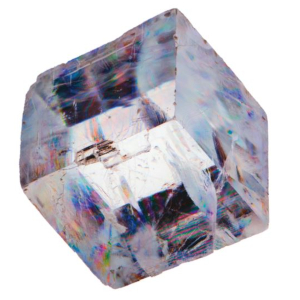
How were the Vikings able to navigate to Greenland and North America? According to the Sigurd saga, they did so with the help of a “sólarsteinn”, a solar stone, which was presumably made of calcite. The stone enabled them to identify the position of the sun.
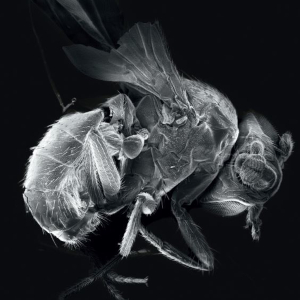
The larvae of Drosophila melanogaster, better known as the fruit fly, orient themselves away from the light – even though they have no eyes. Light-sensitive nerve cells below the surface of their bodies do the “seeing”. If it becomes too bright, the larvae quickly seek out a new dark place to hide. Staying out of the sunlight not only prevents them from drying out, but also keeps them safely out of sight of
potential predators as well.

Polarised light not only lights up (as pictured) crystals, but also helps animals navigate based on the position of the sun in the sky even when it’s cloudy.
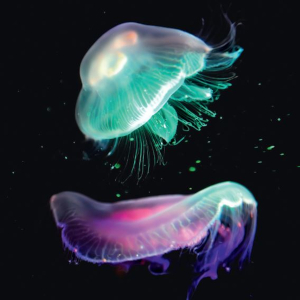
Marine luminescence is a natural phenomenon that occurs all over the planet. If things go according to plan for French start-up company ‘Glowee’, we will soon be able to enjoy the glow of marine luminescence from the comfort of home with bioluminescent lighting systems they hope will replace the need for electric lights.
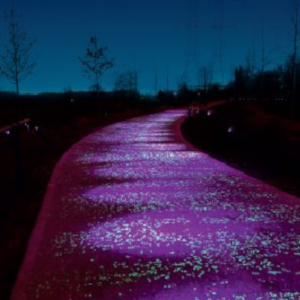
Dutch social design lab Studio Roosegaarde set about making it easier for cyclists to orient themselves in the dark. They found a solution in phosphorescent stones that are laid into the surface bike path. During the day they absorb sunlight and slowly emit it at night so that cyclists can make their way home safely even in areas where there are no street lights.
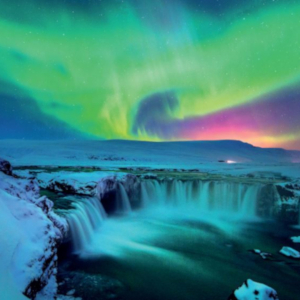
The sun sends more than sunlight to Earth: it also sends solar wind, a stream of electrically charged particles. When they hit the atmosphere, they ionise atoms of nitrogen and oxygen. When these deionise just moments later, auroras light up the skies. The Inuit believed auroras were a bridge to the beyond, lit by the torches of the dead as they began their journey through the afterlife.
Changes No. 7
Please click on the picture to open the Changes No. 7.
Download
Download the latest Changes as PDF.
Subscribe
Subscribe for the print edition of our customer magazine “Changes”.



